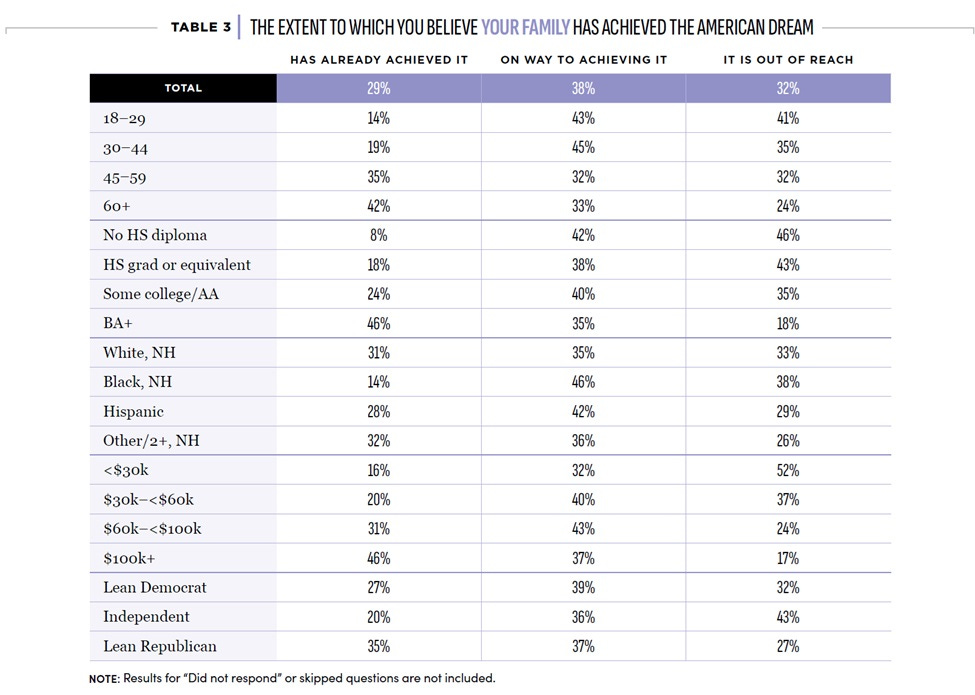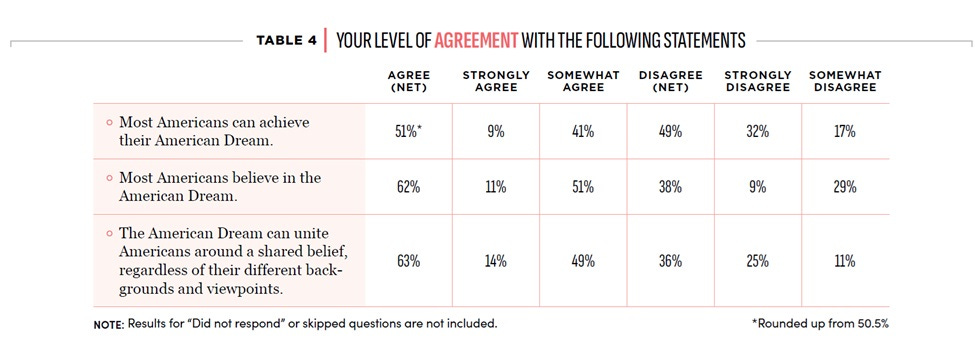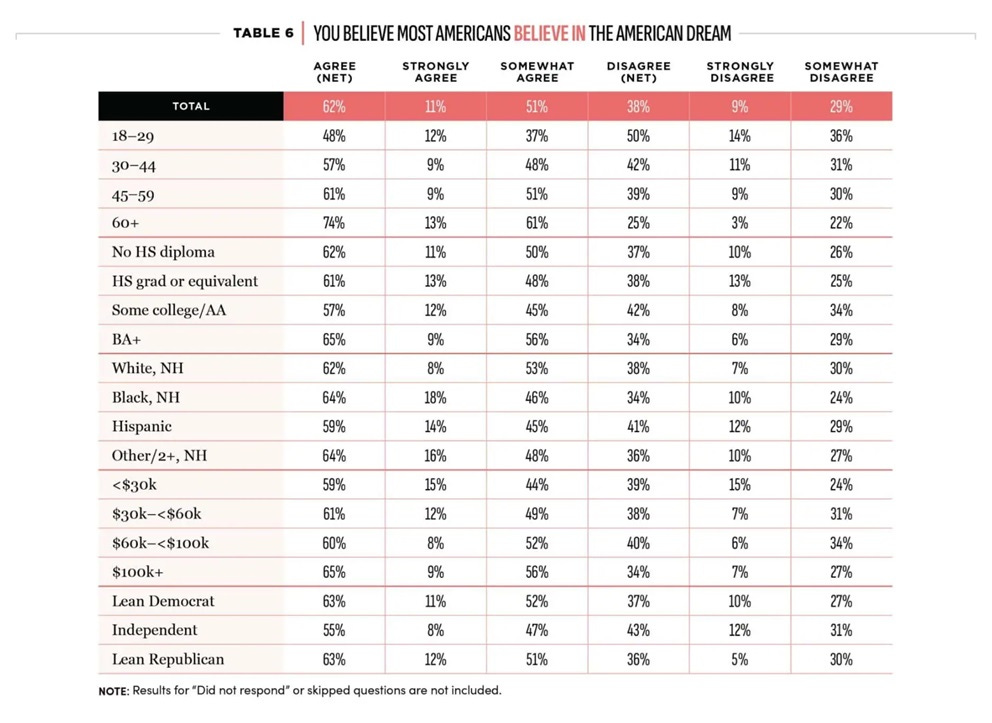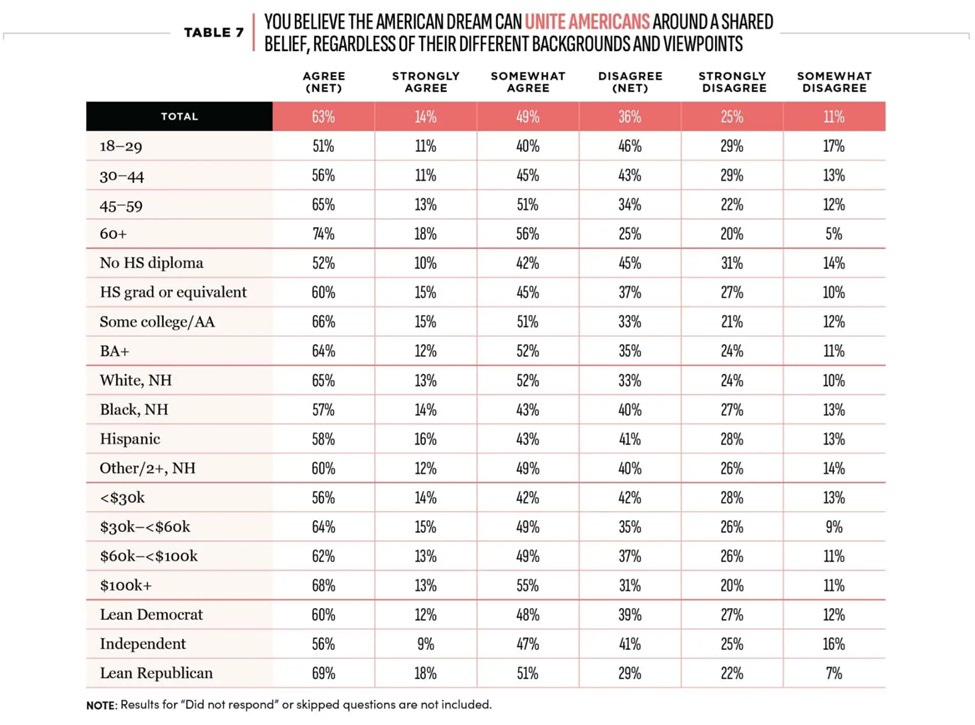During the last few weeks, I have been reading an excellent book on the history of the United States: American Nations: A History of the Eleven Rival Regional Cultures of North America. I’m fourteen years late to reading this book—as Colin Woodard published it in 2011—but it is evergreen, just like similar books I’ve enjoyed such as Revolutionary Characters and Founding Brothers. I’ve been thoroughly relishing Woodard’s book as he tells the story of the United States through the lens of eleven distinct regional nations and how they were formed, evolved, and still influence our politics and culture to this day.
I’ve not yet finished the book (and I will likely need a second reading to be able to internalize so many amazing insights and historical facts about this great nation). But one idea that keeps coming to mind as I read is how miraculous it is that the experiment of the United States is still alive and well. This book gives a true face to Benjamin Franklin’s statement after the Constitutional Convention that we’re getting a republic, if we can keep it. Those memorable words speaks to the fragility of the original union and even during the years of rapid growth when so many different cultures were able to coexist—though, admittedly, sometimes precariously and at odds with each other. It is amazing that we are on track to celebrate the 250th anniversary of a union of states that at so many more points than I realized seemed to have been on the brink of dissolving.
A second idea that has come to mind as I’ve been reading is how a concept such as the American Dream can represent so many distinct cultures that have settled and created each of those eleven nations or the fifty states. Freedom and liberty meant different things to the different groups of people who immigrated here. The pursuit of a better, richer, and fuller life was truly different for everyone who came to settle in the American colonies and to those who were already living here. But there were conflicts and many more “civil wars” than just the big ones we’re used to learning about. Reading this book has made me realize that it is no wonder we still see polarization in different factions in America today, just as we have seen throughout the history of our relatively “young” nation.
But almost immediately another thought came to mind: the definition of the American Dream as the pursuit of a better, richer, and fuller life—regardless of where one starts—truly lends itself to millions of different visions under the banner of freedom, agency, and responsibility. It is precisely because there were so many differences among people, settlers, colonies, and cultures, that the American Dream has survived as a concept and a national ethos that has fueled America’s past, unifies its people, and will continue to inspire its present and future.
Certainly, in this latest political cycle, we have seen fractures in the American public and increased polarization. However, even if the American Dream weren’t front and center in the candidates’ campaigns, I believe this national ethos would continue to be a powerful unifying narrative—both because we have historically seen that the American Dream is a redemptive arc and also because of recent data on the American Dream.
In our recent survey on the health and state of the American Dream, despite people being more negative, most still think that the American Dream is alive and well, with the majority of people, 67%, saying that they have either achieved the American Dream or are on their way to achieving it. That was true across the political spectrum (which can unify people despite their politics) but also across many demographic variables such as age, ethnicity, or even education and income levels. The only outliers were the youngest cohort and the lower income cohort, which both expressed slightly more pessimism.
Archbridge Institute American Dream Snapshot, 2024
When survey respondents were asked if they thought others would be able to achieve their American Dreams, people were more pessimistic than they had been about achieving the dream themselves, with only 51% agreeing that other people can achieve their American Dreams.
Archbridge Institute American Dream Snapshot, 2024
However, in what can be thought of as an excellent opportunity to unify people, 62% of respondents in the survey agreed that most Americans believe in the American Dream, and 63% think that it is a good unifying vision for our country. As seen in the following tables, those figures are certainly unifying, since they are across the board in terms of political affiliation, ethnicity, income, and education levels. The only slight outlier, again, are younger cohorts.
Archbridge Institute American Dream Snapshot, 2024
Archbridge Institute American Dream Snapshot, 2024
Certainly, politicians should try to unify our country by highlighting the shared national ethos of the American Dream in which people across political aisles and from different demographic groups still believe. The media should do a better job of highlighting this more positive narrative to promote a hopeful vision of the future and inspire people to dream more, not less, instead of pushing a pessimistic and nihilistic vision of the future.
However, we should never wait for the approval or permission of politicians or the media to begin living our own American Dreams, as has clearly been revealed in Colin Woodard’s book. Our national ethos is—and always has been—about individual agency, overcoming obstacles, beating the odds, and flourishing despite adversity. Success depends on each of us charting our own paths. But it’s not just about picking ourselves up by our bootstraps—even though that is a feature that shouldn’t be underappreciated. It’s about helping each other along the way. Social capital matters; our relationships with our family, friends, and close-knit communities matter, so it’s not that we’re alone for the ride. But we need to feel that we have the agency, the ability, to pursue our dreams and foster a growth mindset that can help us push forward. We must avoid retreating in fear and anxiety because of the false pessimistic narratives saturating our media and elite institutions about the “death” of the American Dream, lest we see it become a self-fulfilling prophecy.
We must look around to our fellow Americans, encourage their dreams, and share our own. As we talk more about that powerful, lasting national ethos, we will see that there is much more that unites us than divides us.







